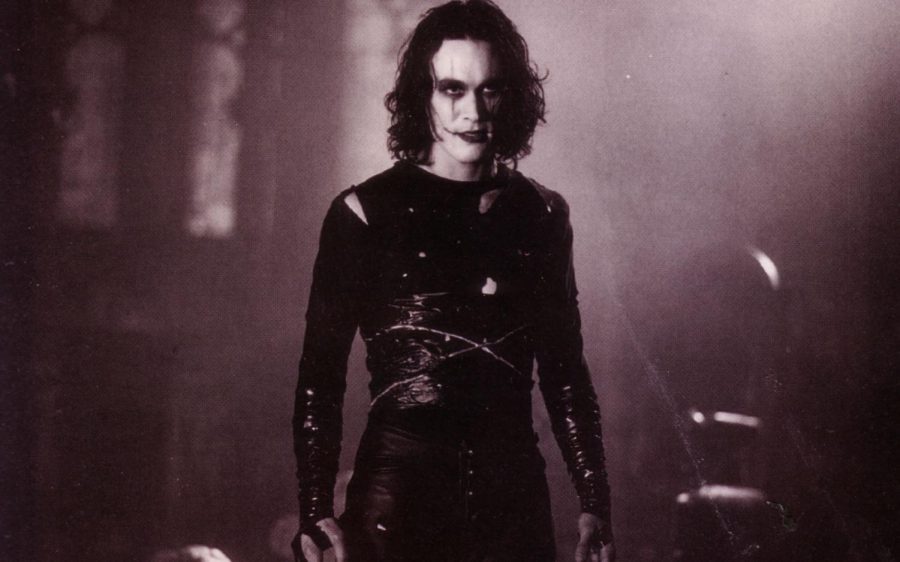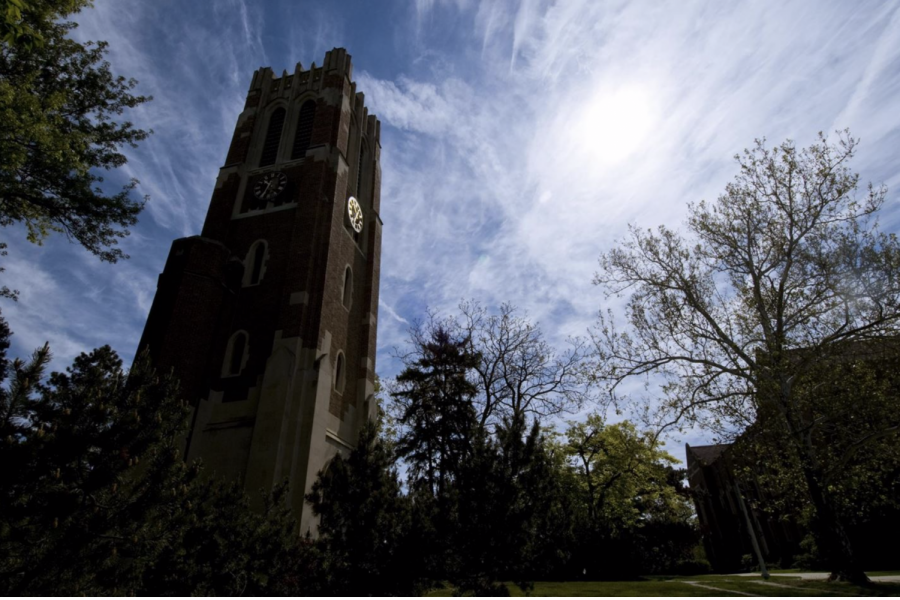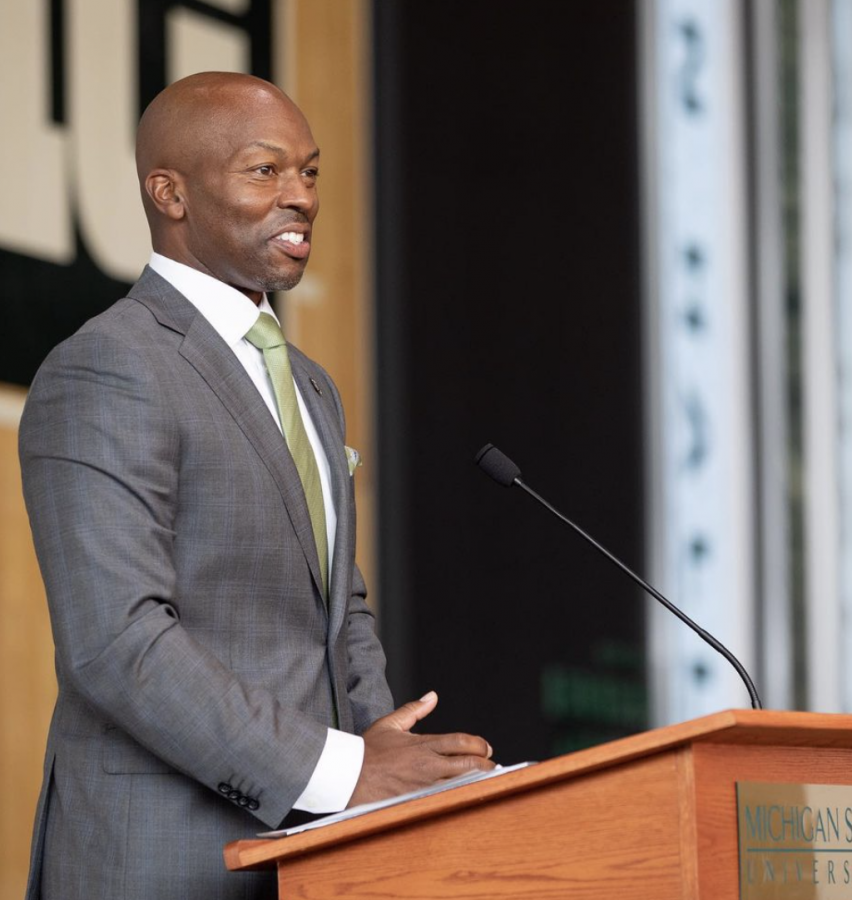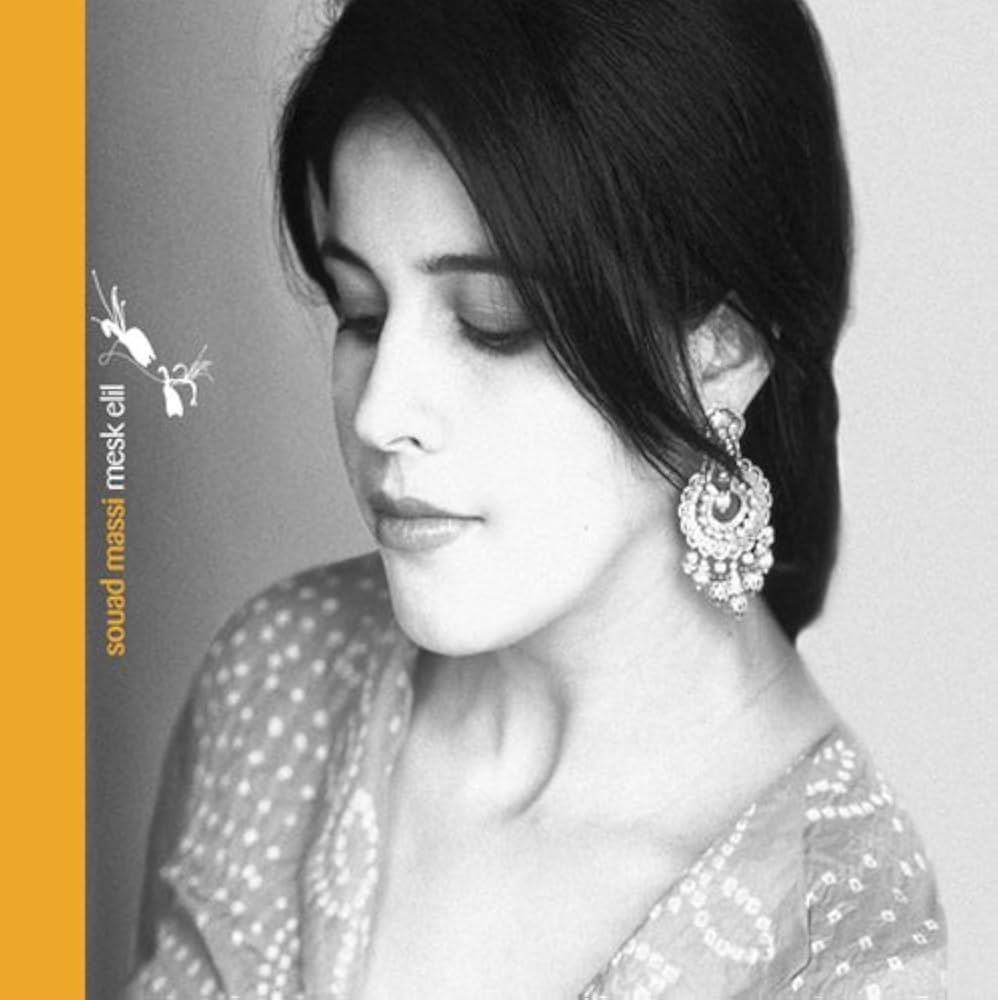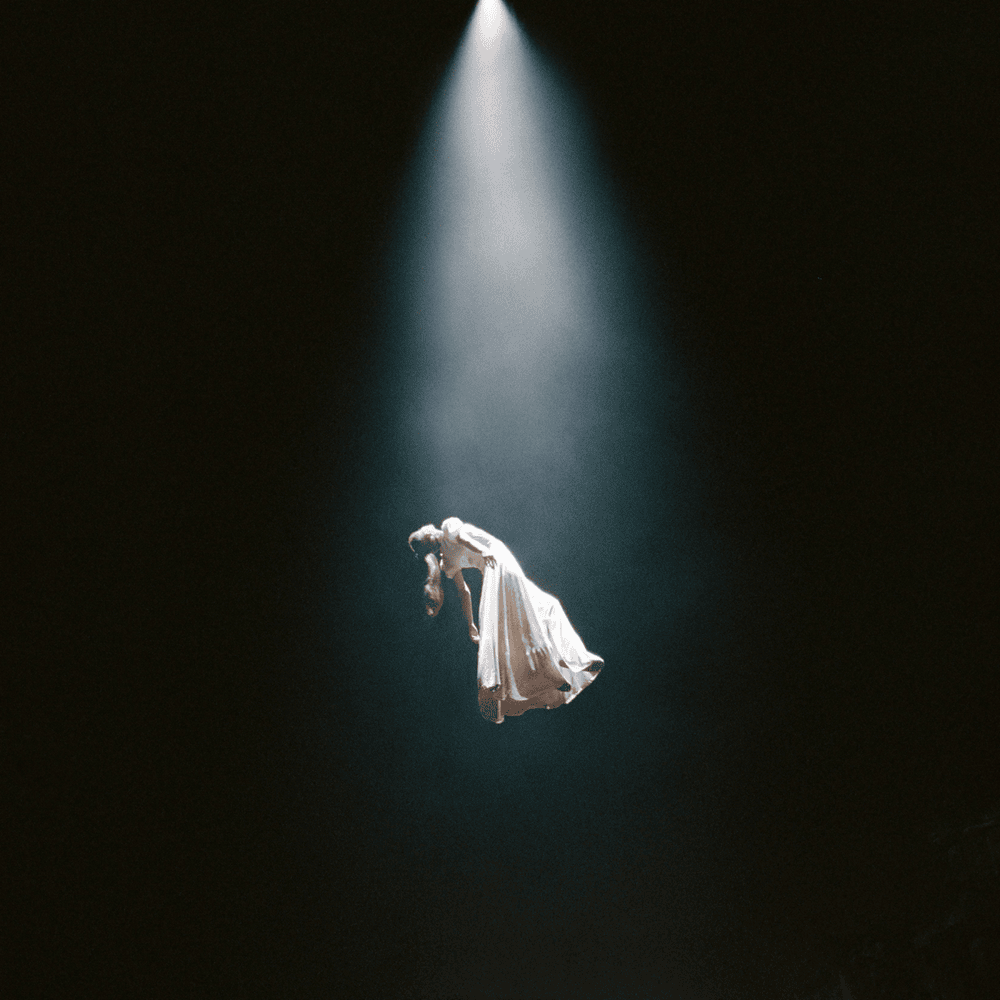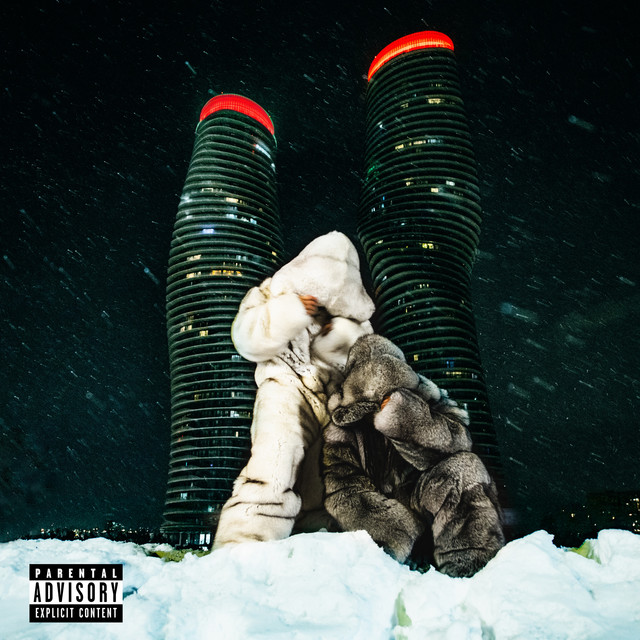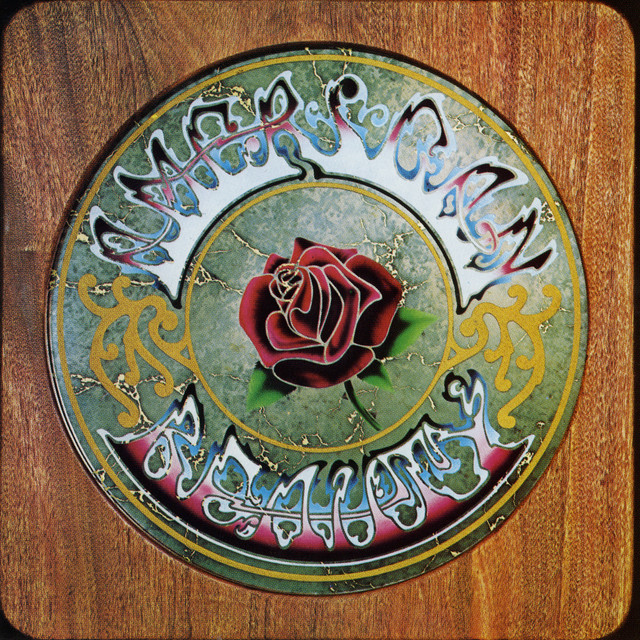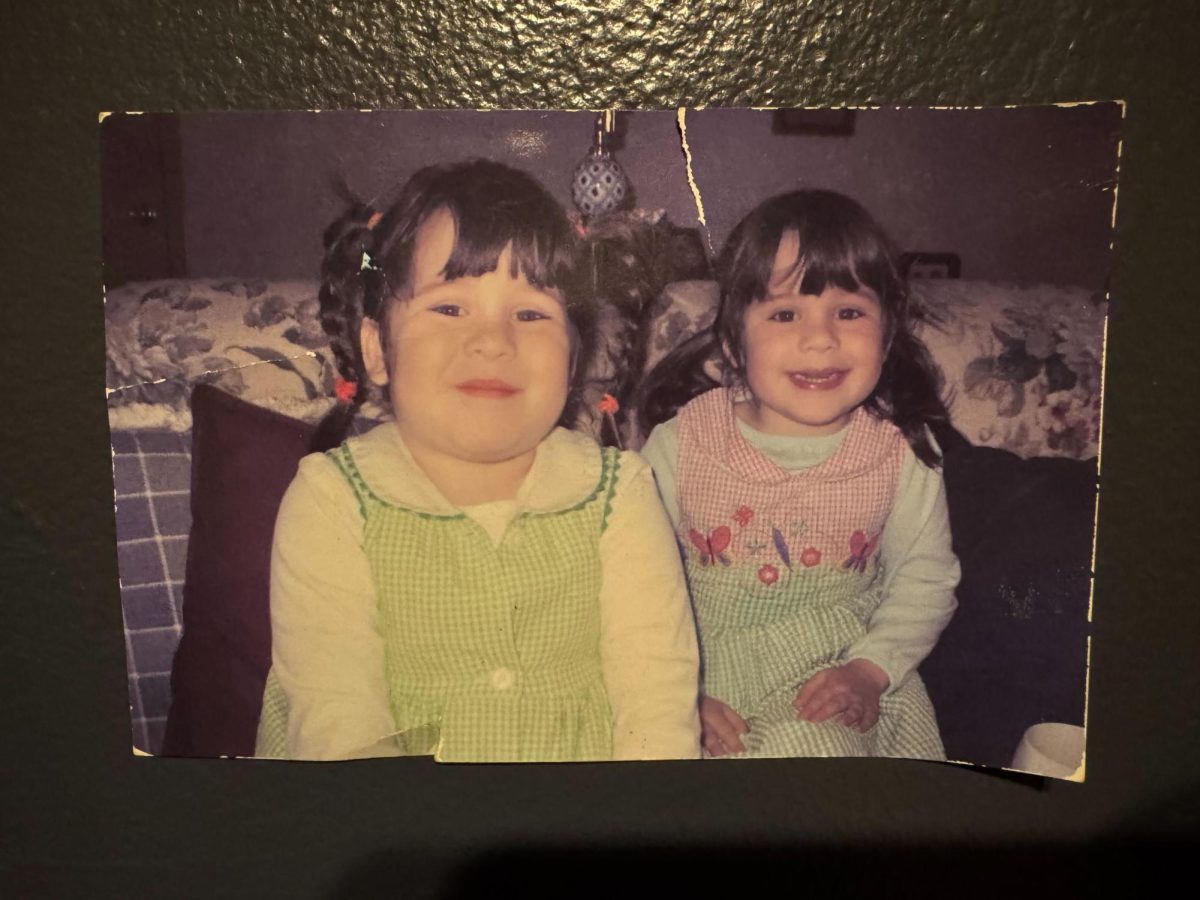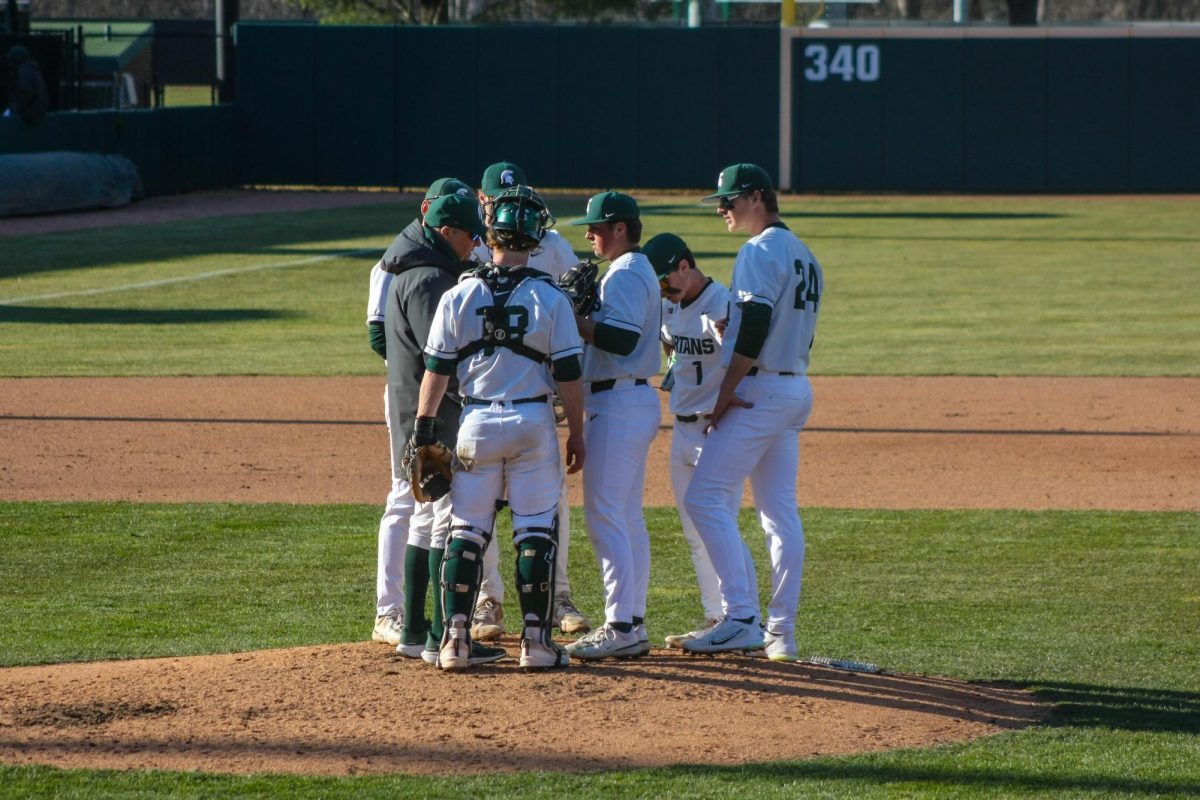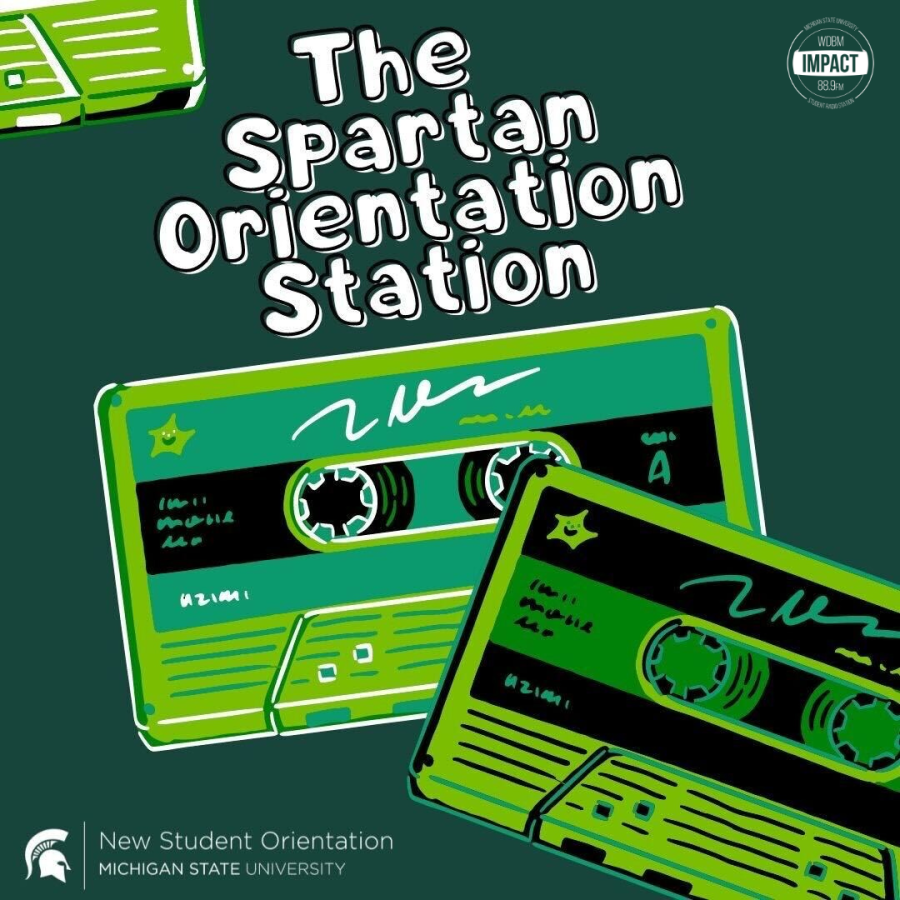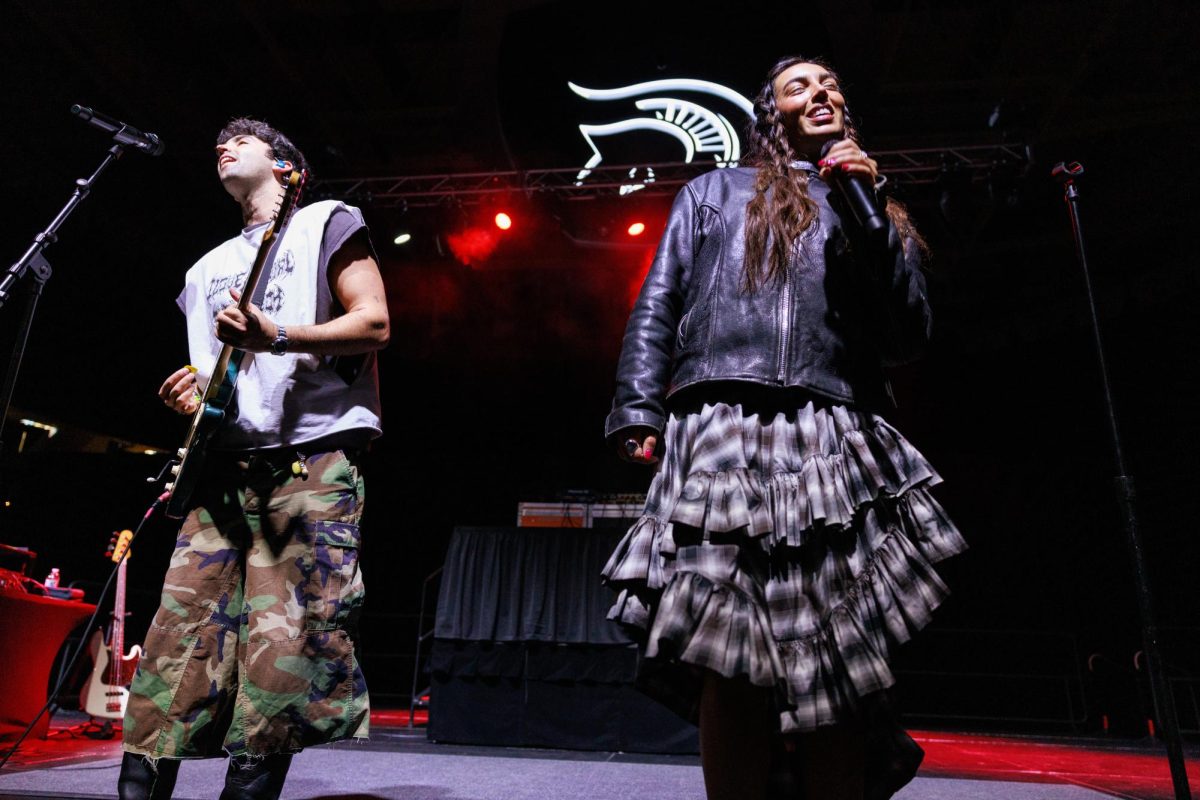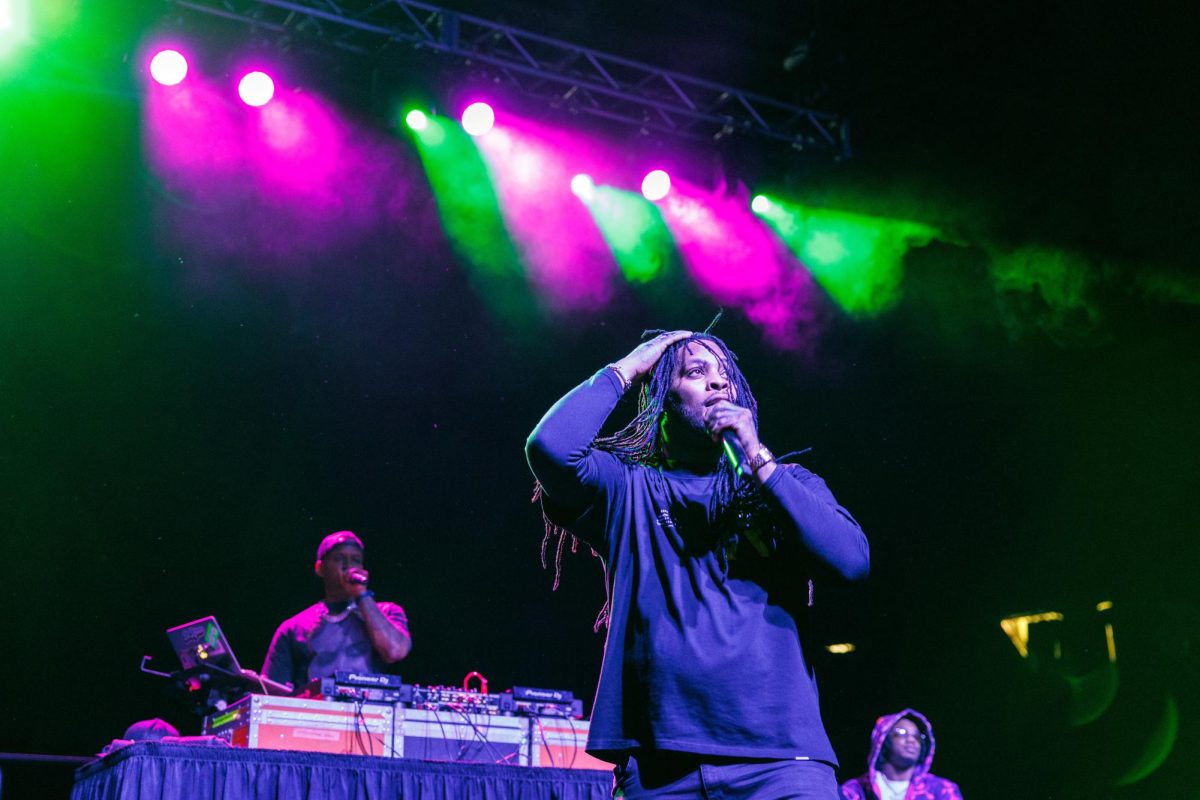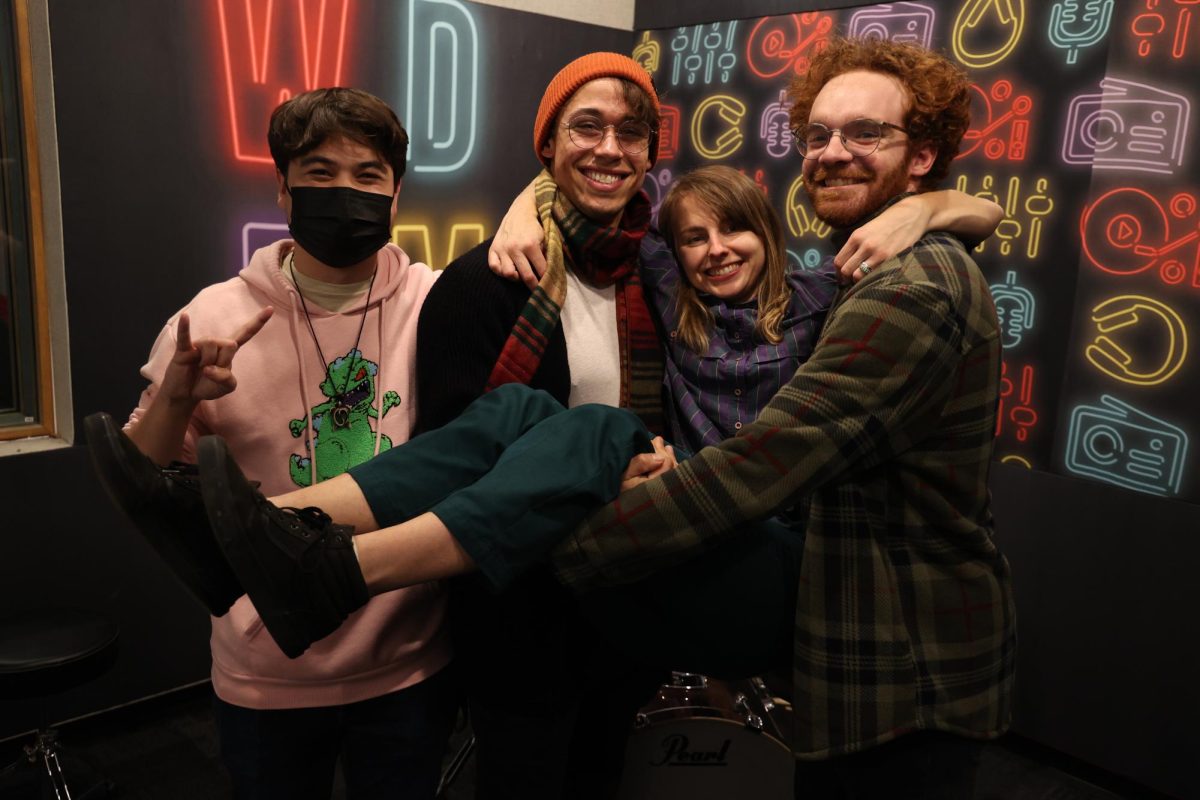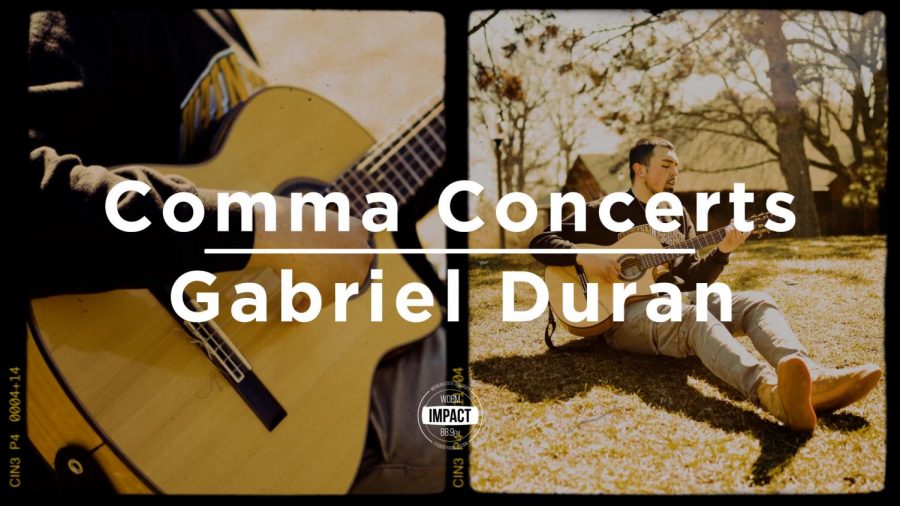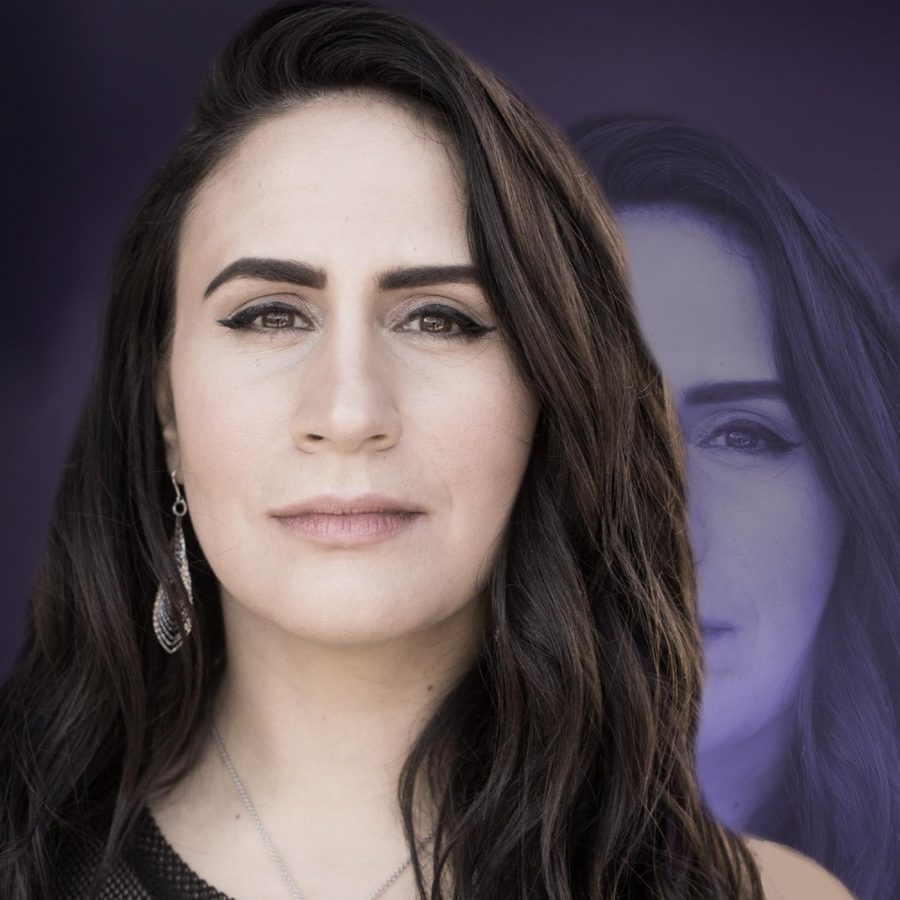We Watch It For The Music | The Crow
March 10, 2023
Adapted from the comic book series of the same name, The Crow is a tale of tragedy in both real life and cinema. The Crow centers on a dark angel who rises from the dead to seek vengeance on a gang of thugs who murdered him and his fiancée the night before their wedding. Lead actor Brandon Lee, slain by a prop gun during production, haunts every frame of his final film.
The Crow flutters stylishly through a nighttime world of rain-drenched backstreets, towering rooftops and shadowy club rooms. The camera darts from ledge to ledge like a winged creature. When it’s time for fighting, the songs punch loud, boisterous holes in the soundtrack, and when the story turns mournful — which is often — Graeme Revell’s electronic, dirge-like score drapes the story in a postmodern veil.
The film opens with a crow gliding across the night sky, bringing the viewer in for a slow landing over a bleak urban landscape blighted by fires on Devil’s Night, which is Halloween Eve. The film’s narrator, Sarah, informs us that “people once believed that when someone dies, a crow carries their soul to the land of the dead, but sometimes something so bad happens that a terrible sadness is carried with it and the soul can’t rest, and sometimes, just sometimes, the crow can bring the soul back to put the wrong things right.”
Shelly Webster, played by Sofia Shinas, and Eric Draven, played by Lee, were set to be married on Halloween night. However, Draven and Webster had been protesting unethical practices by their landlord, and, as a result, crime boss Top Dollar, played by Michael Wincott, ordered his thugs to intimidate the soon-to-be-married couple. Draven is then brutally murdered by the bunch of drooling hooligans who then rape and mortally injure his bride-to-be.
Exactly one year following his death, Draven rises from the grave to exact his revenge upon the four homicidal profanities who destroyed his life. He returns to the scene of the murder amidst a montage of painful memories of the dreaded night, and he covers his face in makeup which, as one character fittingly states, makes Draven look like “a mime from hell.”
Draven was an up-and-coming rockstar — part of the fictional band Hangman’s Joke — and his songwriting ability is shown throughout the film as he delivers a handful of dialogues with poetic qualities which force the viewer to reason about the power of love and the tragedy of losing a loved one. Guided by the mythical crow like a harbinger of death, the immortal, undead Draven exacts his vengeance one-by-one on the individuals responsible for he and his fiancée’s murder.
As Draven works his way up to the bass-voiced ringleader, Top Dollar, he establishes sympathetic links with the detective, played by Ernie Hudson, who is assigned to the original massacre, and the film’s narrator, Sarah, played by Rochelle Davis. Draven and Webster used to take care of Sarah while her mother was working.
When Lee is on-screen, rage, guilt, madness and stoic expressiveness transform his character into a truly disturbing figure who can kill only with the black and white makeup on his face. The film creates one of the most imaginatively rendered, impressively sustained artificial worlds seen on film, and the action is riveting.
Although it’s largely overshadowed by Lee’s death, The Crow is one of the best comic book adaptations that I have ever seen.
The film prematurely claimed the life of Lee, son of martial arts master Bruce Lee. He did not have a very distinguished career up until this role, but this role would have made him a performer to reckon with, and would have most likely propelled his career to new heights.
Lee’s co-star, Michael Massee, fired a prop gun at him during filming on March 30, 1993, in Wilmington, North Carolina. Although the revolver was loaded with blanks, the gunpowder in the blank cartridge ignited, leading Massee to unknowingly fire a bullet fragment at Lee, who later died in surgery. While Massee did not face any criminal charges, Lee’s mother did successfully sue the filmmakers for an undisclosed amount.
The events of Lee’s death have recently reemerged in the news because actor Alec Baldwin fired a live round from a Colt .45 pistol on the set of the film Rust, which resulted in the death of cinematographer Halyna Hutchins in 2021. The scene in which Lee was accidentally shot is not in the film, but the fact of his death cannot help but provide a melancholy subtext to everything he does on screen, especially Draven’s poetic speeches about death and revenge. The irony of Lee dying and playing a character that rises from the dead does not go unnoticed. Plagued with issues from the beginning, the crew of The Crow watched as sets burned down, stuntmen got injured and a hurricane struck. This was all before the prop gun accident that claimed Lee’s life.
There are also eerie parallels between the lives of Lee and Draven. Draven was an up-and-coming rockstar who was brutally murdered by a gang of street thugs the night before he was set to marry his fiancée. In real life, up-and-coming actor Lee, who hoped this would be his breakthrough role, was set to marry his fiancée, Eliza Hutton, within days of the film’s completion.
First-time director Alex Proyas approached The Crow with a neo-noir aesthetic and technical artistry that gives the film a glossy sheen which matches the wet asphalt in nearly every scene. Proyas portrays a cynical, decadent world submerged in darkness and violence: a world of people who have lost any trace of morality, where the police are synonymous with incompetence and the perpetual rain striking the moistened streets covers the stains of blood shed by the innocent.
Proyas and his technical team have created a world that will remind you of the urban wasteland in Blade Runner and of the gothic extravagances of Batman. His visual style, captured mostly by the camerawork of Dariusz Wolski, is quite absorbing when displayed as a gothic panorama of the city. The camera swoops high above the city or dips low for extreme-angled shots.
Video production designer Alex McDowell devised a staggering look for the bombed-out cityscape. The tale is set in an inner city so hellish it makes Gotham City look like Sesame Street. Characters cast fearsome shadows and buildings are exaggerated in their architectural details. The Crow, with its fast pace and countless camera setups, evokes settings portrayed in comic books with much more accuracy than other comic book adaptations. It also reflects a more realistic nature through its villains and settings; the viewer is so deeply immersed into the story, it’s almost as if they could imagine themselves right alongside Draven. Although the story follows a generally linear narrative line with no subplots, twists or turns, the technical artistry and set design keeps the viewer hooked for the entire ride that is The Crow.
The masterfully crafted soundtrack follows you through every dark alley Draven trudges through. It is interwoven into the film, making it much more than normal filler between dialogue. The Crow is Proyas’ first work on a major film; he had previously directed rock music videos, and, with his use of music in this film, his experience is exceedingly apparent.
This is a film that depends upon the energy, both creative and violent, of the soundtrack. The Cure wrote the song “Burn” for the movie. James O’Barr, creator of the comic book The Crow, was a fan of The Cure. In fact, he dedicated a full page in his book to reprinting the lyrics of their song “The Hanging Garden.” When the film was in production, O’Barr asked The Cure if “The Hanging Garden” could be used in the film. Frontman Robert Smith was a fan of The Crow and wrote the song “Burn” for the film instead.
“The end is all that’s ever true /
There’s nothin’ you can ever say /
Nothin’ you can ever do /
Still every night I burn /
Every night I scream your name.”
The Cure’s “Burn” is a beautiful, melodic, almost hypnotic track because of its guitar and synthesizer work. A pounding bassline, tribal drums, atmospheric synths, cleanly picked guitar lines and, of course, calls of the crow are highlighted on “Burn.” The track is dark, extremely brooding and perfect for the film. At about seven minutes long, “Burn” is a slow-burner that clearly serves to immerse, both for the song itself and for the rest of the soundtrack.
Similar in style to “Burn” is the next track in the soundtrack, “Golgotha Tenement Blues” by Machines of Loving Grace. “Golgotha Tenement Blues” is a heavier, distortion-wracked — but still slow paced — industrial song from Machines of Loving Grace. With its hopeless lyrics, slithering bassline and unsettling synths, one cannot help but imagine Draven hunting down his enemies through the eternally rainy, gang-torn streets of The Crow.
Probably the best-known song off the soundtrack is Stone Temple Pilots’ “Big Empty.” Although it is a standard grunge tune, it doesn’t necessarily match the intensity of much of the rest of the soundtrack. Following it is Nine Inch Nails’ cover of Joy Division’s “Dead Souls.” Trent Reznor’s voice takes hold of your spirit as he desperately chants “calling me” until the track ends, taking you away into the darkness. Next up on the soundtrack, Rage Against The Machine brings “Darkness” to the table, and while it still features unique Tom Morello guitar play and classic scatting and rap from Zach de la Rocha, it intersperses some calmer moments with spoken word, cleanly picked guitar and a chill bassline that makes it fit with the soundtrack’s overall tone.
Next, Violent Femmes bring a bluesy, club-like sound to the table with “Color Me Once,” complete with a slinky guitar riff, shaking vocal delivery and a smooth bass line. This track literally bleeds of anguish and allows you to get inside the mind of Draven. Next up on the track list is Rollins Band’s “Ghostrider.” One of the more popular songs from one of Henry Rollins’ post-Black Flag endeavors, “Ghostrider” is a stoner/sludge rock song with Rollins sounding almost like a deeper, stilted Jim Morrison.
The riff-heavy alt-metal number “Milktoast” by alt-metal pioneers Helmet comes up next, working to contribute to the overall atmosphere. Hardcore fans will enjoy the addition of Pantera’s “The Badge” on the film’s soundtrack. For Love Not Lisa adds the pulsating, thrashing beat of “Slip Slide Melting” complete with a punk, boxy guitar riff and loose vocals. My Life With The Thrill Kill Kult contributes the punk-and-thrash-influenced industrial track “After The Flash,” characterized by voiceovers and strange lyrics which transport you into a dark, industrial club. Medicine’s lead, Annette Zilinskas, offers a much more soothing song in “Time Baby III” after the stormy ride of the other tracks.
In the film, you hear a snippet of a recording from Draven’s band’s song “It Can’t Rain All The Time”’ with what sounds like Lee on vocals. In the film, Draven tells Sarah that “It can’t rain all the time” to comfort her and let her know that things won’t always be bad. Jane Siberry delivers the anthemic “It Can’t Rain All the Time,” which works well as a closing track and as an ode to Lee.
This soundtrack will disappoint neither fans of the movie nor fans of music in general. The soundtrack is vitally important, as it works to establish the mood of The Crow, and listening to the soundtrack works to transport the listener right back to the dark underworld of the film.
The Crow soars high. At first rumored to be impossible to complete due to the tragic accidental death of Lee eight days before lensing was due to wrap, the film that finally emerged is a seamless, pulsating, dazzling visual revenge fantasy that stands as one of the most effectively adapted films ever derived from a comic strip. The soundtrack only makes this immortal and symbolic farewell even more unforgettable, and it stands on its own as one of the best soundtracks ever crafted for a film.



